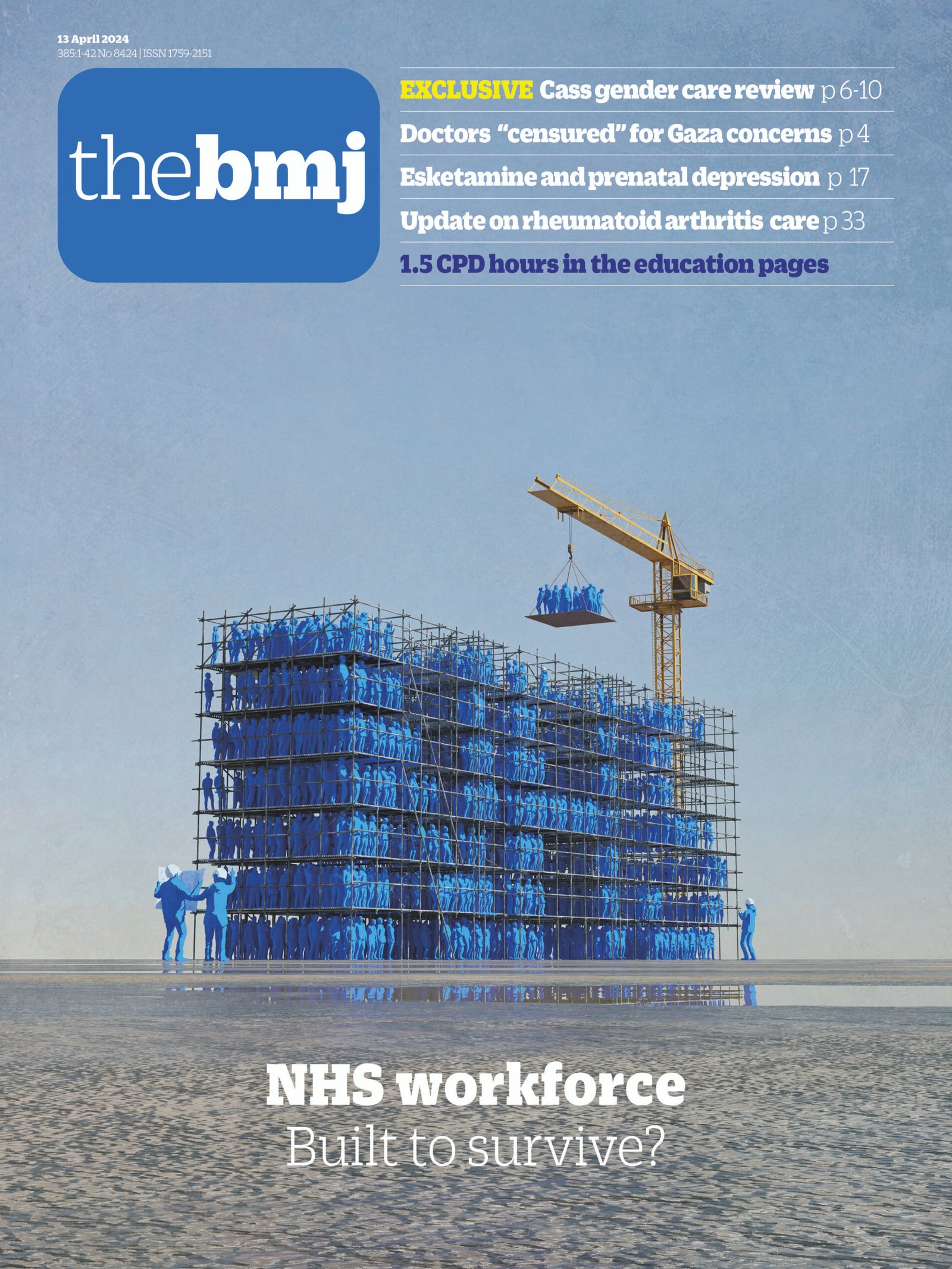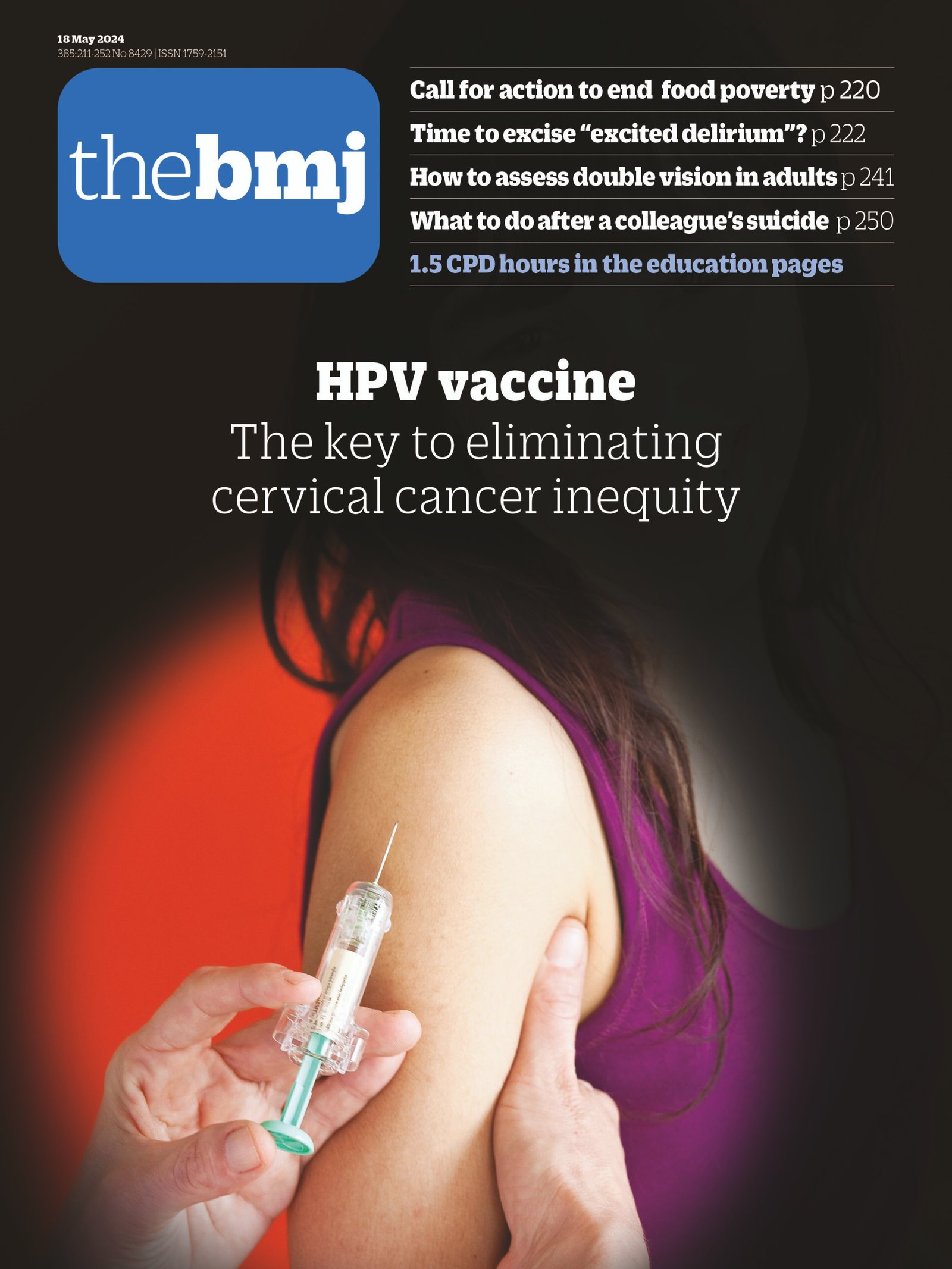- Veronika J Wirtz, professor in global health1,
- Andrew L Gray, senior lecturer2,
- Sangeeta Sharma, professor and head of department3,
- Jing Sun, associated professor in pharmaceutical policy4,
- Hans V Hogerzeil, emeritus professor in global health5
- 1Department of Global Health, Boston University School of Public Health, Boston, USA
- 2Division of Pharmacology, Discipline of Pharmaceutical Sciences, University of KwaZulu-Natal, Durban, South Africa
- 3Department of Neuropsychopharmacology, Institute of Human Behaviour and Allied Sciences (IHBAS), Delhi, India
- 4School of Health Policy and Management, Chinese Academy of Medical Sciences and Peking Union Medical College, Beijing, China
- 5University Medical Centre Groningen, University of Groningen, Netherlands
- Correspondence to: V J Wirtz vwirtz{at}bu.edu
Key messages
-
The World Health Organization’s Model List of Essential Medicines promotes equitable access to medicines for the priority health needs of the population
-
But an increasing number of applications for very expensive and highly specialised medicines is challenging its global reputation
AdvertisementsAdvertisements
-
WHO should reconfirm the original goals of the model list as a globally relevant model process with, as a practical example, a model list specifically geared to the needs of low and middle income countries
-
WHO should enhance the functionality of the publicly accessible searchable electronic database of all decision data, including rejections, to aid national formulary committees and maintain the model list’s future relevance
First published in 1977, the World Health Organization (WHO) Model List of Essential Medicines has been one of the most effective and recognised tools to promote equitable access to medicines, prioritising those that satisfy the health priorities of the population.12 Essential medicines are “selected with due regard of public health relevance, evidence on efficacy and safety, and comparative cost-effectiveness.”3 The list is updated every two years; Tedros Adhanom Ghebreyesus, director general of WHO, announced publication of the 23rd Model List of Essential Medicines in July 2023. This version sets a new record for the number of medicines included (502).4 The children’s list, which now includes 361 medicines, was first published in 2007 to consider children’s medicines needs more systematically and has since been published every two years alongside the main model list.45
The inclusion of many high priced medicines over the past decade has prompted debate about the focus …









